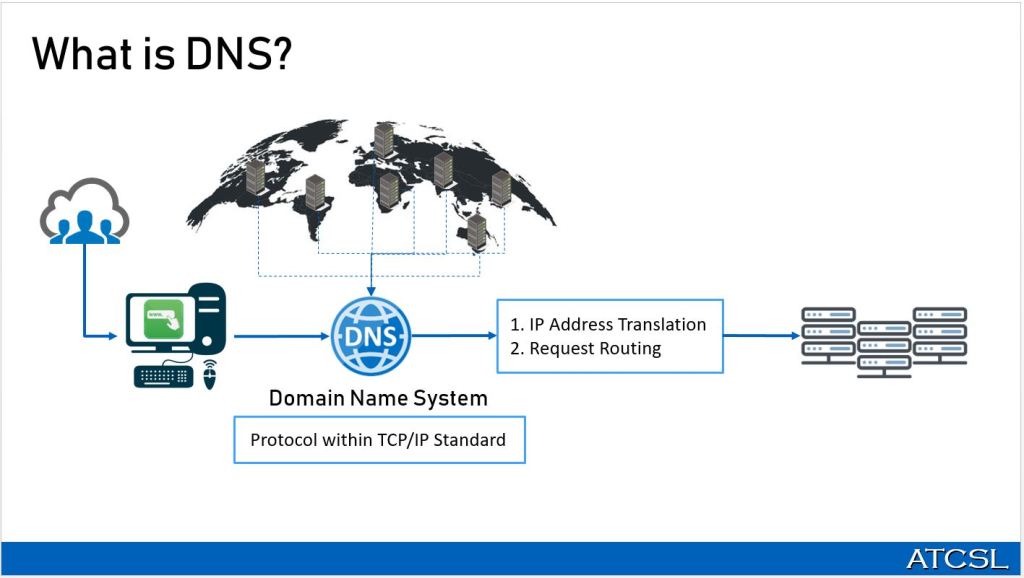
Update SSL Certificate Centos
Get an SSL Certificate if your website needs to be protected. The data is then encrypted on the way to the server. All websites that handle sensitive data, such as credit card numbers or login credentials, must have this installed. There are several providers who can help install an SSL on your CentOS 7 system.
The first step is to generate a CSR (Certificate Signing Request). This small document contains information that is important to your business. It also specifies the certificate authority (CA). Installing this document is required after you have generated it.
The files you receive when downloading a certificate are usually contained in a ZIP archive. These files enable devices connecting to your servers to identify the CA issuing the certificate. They are the main certificate (the “Leaf” or “Primary” certificate) and any intermediate certificates.

Copy the "Leaf", "Intermediate", and "Secondary" certificates onto your server once you have received your certificate. This can be done using an FTP tool or by copying the certificates from your computer. Your server should also have the key file that is generated with your CSR.
OpenSSL is a cryptography library that's open source and free. It allows you to create an RSA-key. This key can sign an SSL cert, which is a message encrypted to protect the traffic on a server. This key can be used to secure any HTTPS website or web service, by encrypting communication between the browser and server.
You can use this to generate a new SSL certificate or add an existing one to your system. This tool can be used to generate a SSL self-signed certificate which you can then use for testing and personal websites.
After that, you will need to configure your private key and domain name. This part may be a bit difficult and require technical knowledge. You can either follow the instructions below or contact us if you have any questions or would like help.

Add the Certificate to CentOS
You must be able to access a user who is not root and has sudo permissions on the CentOS 7 server in order to install the certificate. The user into which you log using SSH will be this one. The account should also have an Apache webserver and a functional Apache website.
Once this has been done, you will be able to run the yum program to install Apache. After the installation, if it isn't available or you want to change from the default, follow these steps.
Installing CentOS 7's SSL Certificates on your server is possible by using a provider such as Comodo, or Let's Encrypt. These two companies provide SSL certificates for websites that are easy-to-install and offer excellent security.
FAQ
What technical skills do I need to design and construct my site?
No. All you need to understand HTML and CSS. You can find tutorials online for HTML and CSS.
How To Create A Static Website
There are two options for creating your first website:
-
Content Management System (a.k.a. WordPress: This software can be downloaded and installed on your computer. This software can then be used to create an indispensable website.
-
Creating a Static HTML Website: In this case, you'll need to write your HTML/CSS code. If you are familiar with HTML, it's easy to do.
If you plan to build a large website, you may want to consider hiring an expert to create your static website.
Start by choosing option 2.
Can I use a Template or Framework on My Website?
Yes! When creating websites, many people use pre-built templates. These templates provide all the code necessary to display information on your site.
These are some of the most requested templates:
WordPress - One of the most used CMSes
Joomla - another popular open source CMS
Drupal – An enterprise-level solution used by large organizations
Expression Engine - a proprietary CMS from Yahoo
Each platform has hundreds of templates, so it should not be hard to find the one that you like.
Can I use HTML & CCS to build my website?
Yes! If you've read this far, you should now know how to create a website.
After you have learned how to structure a website, you will need to know HTML and CSS.
HTML stands for HyperText Markup Language. It's like creating a recipe for a dish. It would list the ingredients, directions, and how to do it. HTML also tells a computer what parts of text should be bolded, underlined or italicized. It's the language of documents.
CSS stands for Cascading Style sheets. It's like a stylesheet for recipes. Instead of listing each ingredient and instructing, you can write down general guidelines for font sizes, colors and spacing.
HTML tells a browser how to format a webpage; CSS tells a browser how to do it.
Don't panic if either of these terms are confusing to you. Follow these tutorials to create beautiful websites.
Statistics
- In fact, according to Color Matters, a signature color can boost brand recognition by 80%. There's a lot of psychology behind people's perception of color, so it's important to understand how it's used with your industry. (websitebuilderexpert.com)
- It enables you to sell your music directly on your website and keep 100% of the profits. (wix.com)
- Is your web design optimized for mobile? Over 50% of internet users browse websites using a mobile device. (wix.com)
- The average website user will read about 20% of the text on any given page, so it's crucial to entice them with an appropriate vibe. (websitebuilderexpert.com)
- Did you know videos can boost organic search traffic to your website by 157%? (wix.com)
External Links
How To
Drupal 7 Web Design Guide
Drupal is the most used Content Management System (CMS) of today. It was originally developed by DriesBuytaert (Belgium) in 2003. The name of the site is derived by Dirk Buijtewaard's surname and Pierre d'Herbemont's surname. Drupal was released as an open-source CMS in 2005. There have been many versions of Drupal since then. Drupal is used by numerous websites and companies all over the world today.
Drupal is extremely popular among website owners due to several reasons. It is easy to download and install. Second, it is easy to customize and extend. Third, it is well-documented. Fourth, forums and IRC channels provide great support. Fifth, it can be expanded via modules. Sixth, it supports multiple languages. It is also easily customizable. Eighth, it's scalable. Ninth, it's secure. Tenth, reliable. Finally, it is supported and maintained by the community. Drupal is a great choice for your next project because of all these factors.
You might wonder what makes Drupal stand out from other CMS platforms. It's simple. Drupal is an open-source content administration system. Drupal is completely free and can be downloaded freely. Drupal gives you full control over your website. You can add pages and remove them.
Drupal is a great option for anyone who doesn't have any technical skills and wants to create a website. Drupal, unlike other CMS, doesn't require you to know programming to build your website. You only need to know how Drupal works. This will allow you to customize your website as per your requirements.
Another benefit of using Drupal is its many pre-built themes and plugins. These plugins allow you to improve the functionality of your site. To collect contact information, you can use Contact Form module. Google Maps allows you to display maps on a website. Drupal comes pre-made in thousands of templates. And these templates give your website a professional look.
Drupal is also flexible. Drupal supports many different modules, so you can easily add or remove them from your website without worrying about compatibility. If you're looking to integrate social networking into your site, you can do this quickly. You can also create RSS feeds and e-mail subscriptions.
In addition, Drupal is highly customizable. Drupal can be customized with custom fields and forms. You can also manage users. Drupal is capable of creating complex layouts.
Drupal is reliable and robust. Drupal is reliable and easily scalable. It also offers great security features. Drupal is a solid web development platform.